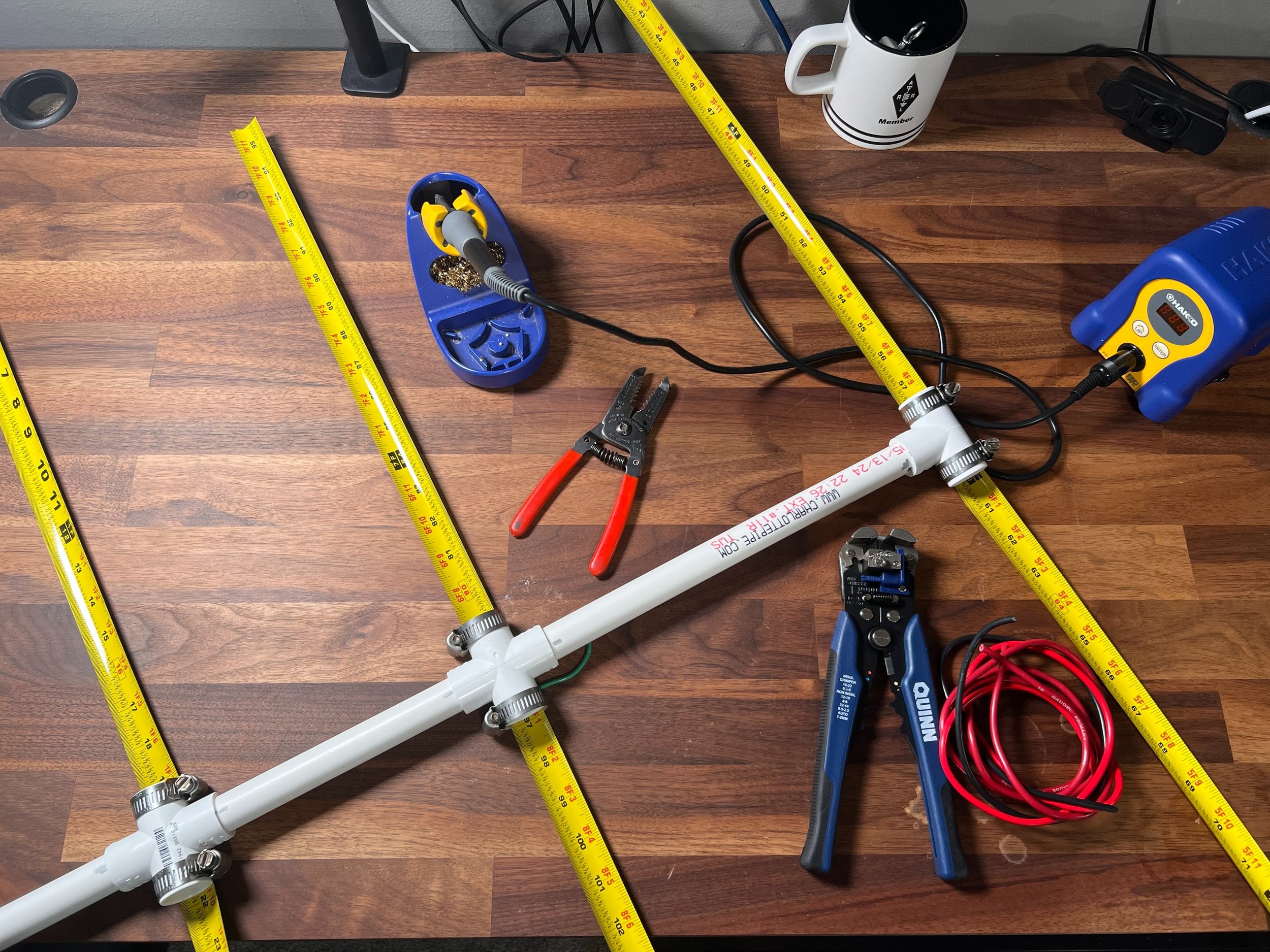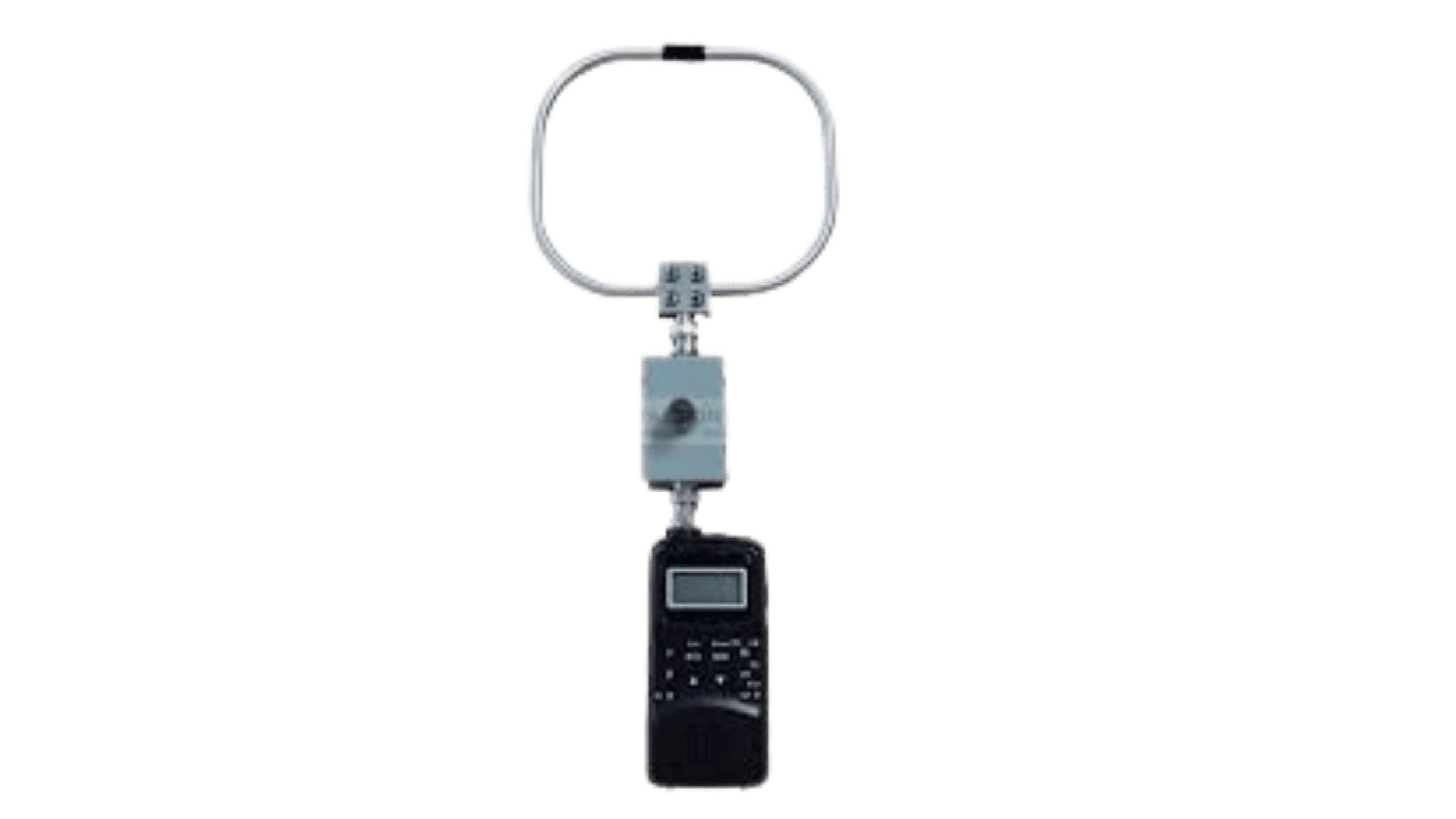
Make it stand out
Foxing Hunting Equipment
Fox Hunting Equipment
To start fox hunting, you need just three basic items: a receiver for picking up signals, an antenna to identify their direction, and a method to reduce strong signals when you're close to the target.
Handheld Radios and Scanners
Your fox hunting setup begins with a good receiver. If you're new to this, you may already have what you need. I have used handheld transceivers (HTs) for years with great success. I recommend ones that have signal strength meters, as they help you gauge how close you are to the transmitter. While higher-end radios from Kenwood, Icom, and Yaesu offer better performance, many beginners do well with a Baofeng UV-5R.
I’ve discovered that older programmable scanners can be very useful for fox hunting. Here are some advantages:
They have real squelch knobs for better signal control.
They can't transmit, which is helpful if there are non-licensed people joining the hunt.
You can pre-program FOX frequencies in 4 MHz steps.
They are often very affordable—usually between $1 and $10 at thrift stores and garage sales, or under $50 on eBay.
When looking for a receiver, choose one that shows signal strength and lets you connect external antennas. I have not found many inexpensive scanners with signal strength indicators, but your experience may differ. A dual-band capability (2m/70cm) gives you more options for different tracking techniques.
Basic Directional Antennas
Dedicated directional antennas work better than body shielding for finding signals accurately. We mainly use two types of antennas:
Yagi Antennas:
These antennas point in one direction and boost the signal strength. I often build a tape measure Yagi at home using:
A PVC pipe frame
Hose clamps
Flexible tape measure parts (which can withstand bumps against trees)
A simple three-element Yagi gives me good signal gain for most hunting situations and is light enough to carry in the field. To use it, point the antenna horizontally and turn your body until you find the strongest signal.
Loop Antennas:
Loop antennas are different; they help find weak signals rather than strong ones. They have a round shape that creates very narrow areas where the signal is weaker. While they give less overall gain than Yagis, their weak spots can be less than 10 degrees wide, compared to 60-75 degrees for Yagis.
There are different sizes of loop antennas, including an 18-inch VHF model that works up to 600 MHz and an 11-inch UHF model for up to 1 GHz. From experience and conversations with other hunters, loop antennas provide more accurate direction finding when close to the target than Yagis do.
For the best results, use both types. Start with Yagis to find the signal and switch to loops for precise direction finding.
If you’re seeking ideas or have any questions, we encourage you to reach out to us via email! We are committed to enhancing your fox hunting experience, ensuring it is not only enjoyable but also truly memorable. Your satisfaction is our priority, and we’re here to help every step of the way!



